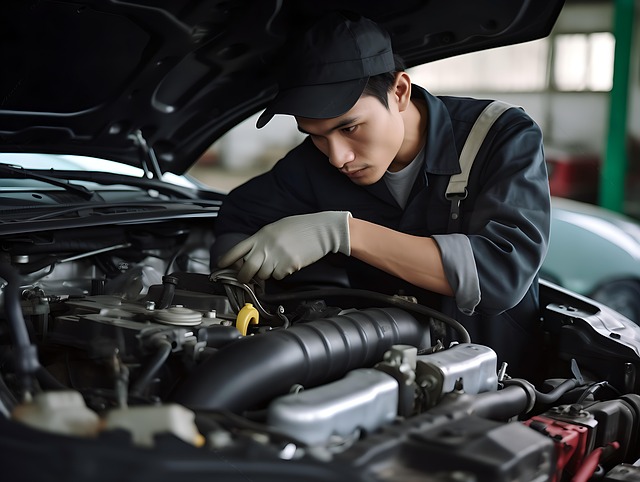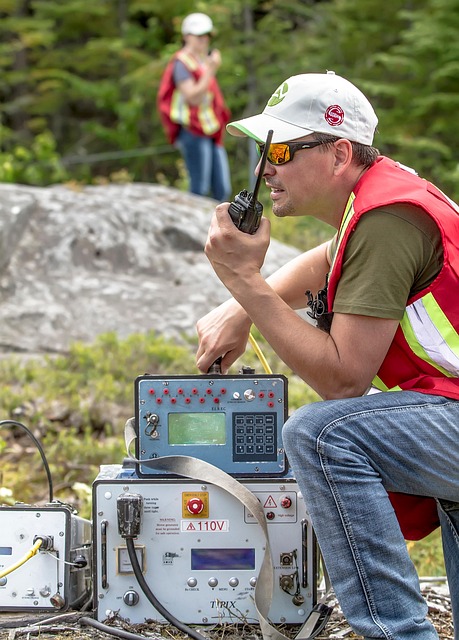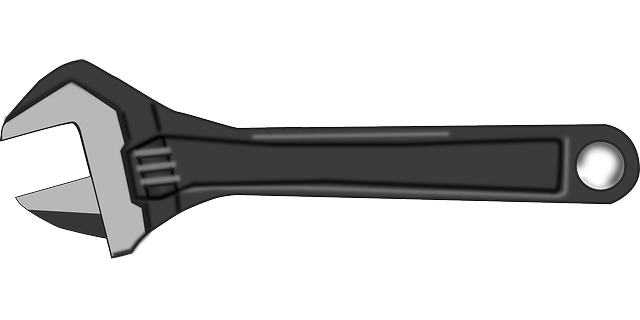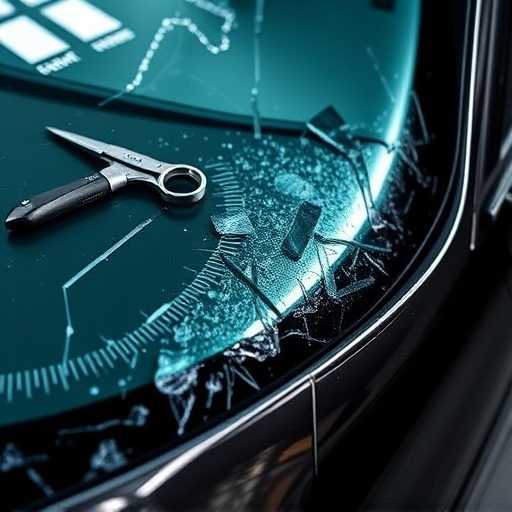The automotive industry has embraced adhesive bonding techniques as a game-changer in vehicle assembly and repair, evolving from traditional riveting and welding. These modern adhesives offer superior strength, durability, and versatility, enabling faster production, reduced waste, and innovative designs. By the 1980s and 1990s, advancements in materials science led to high-stress area applications, reducing vehicle weight and improving fuel efficiency. Today, adhesive bonding techniques are crucial for body panel repairs, complex structural bonds, and creative design possibilities, making them an integral part of modern car manufacturing, including electric vehicles.
Modern vehicles are undergoing a silent revolution, driven by advanced adhesive bonding techniques that enhance safety, efficiency, and sustainability. This evolution marks a significant departure from traditional joining methods, offering unprecedented precision and structural integrity. From body panels to interiors and underbody components, adhesives play a pivotal role in assembling modern cars. This article delves into the rich history of adhesive bonding in the automotive industry, explores its widespread applications, and discusses cutting-edge technologies that promise to transform vehicle manufacturing further.
- The Evolution of Adhesive Bonding in Automotive Industry
- – Brief history of adhesive bonding techniques in vehicle manufacturing
- – Advancements and reasons for increased adoption over traditional joining methods
The Evolution of Adhesive Bonding in Automotive Industry

The automotive industry has witnessed a remarkable evolution in adhesive bonding techniques over the years, transforming how vehicles are assembled and repaired. What was once a manual, time-consuming process has now become a sophisticated art, driven by advancements in materials science and manufacturing technologies. Early cars relied on riveting and welding for structural integrity, but as design complexities grew, so did the need for more versatile and efficient bonding methods.
Adhesive bonding has emerged as a game-changer, offering unparalleled strength and versatility in vehicle construction. Modern adhesives used in the automotive sector are designed to withstand extreme temperatures, vibrations, and environmental conditions, ensuring long-lasting bonds. From precision body panel assembly to complex interior components, adhesive bonding techniques play a pivotal role in enhancing vehicle safety, aesthetics, and overall performance. This evolution has also facilitated faster production times, reduced material waste, and opened doors for innovative design solutions, such as seamless panels and lightweight materials, contributing significantly to the advancement of modern vehicles, including efficient electric car models.
– Brief history of adhesive bonding techniques in vehicle manufacturing

Adhesive bonding techniques have been a part of vehicle manufacturing for decades, evolving from simple glue applications to sophisticated systems that enhance structural integrity and design flexibility. In the early days, automotive adhesives were primarily used for bonding interior components and minor assembly tasks, often consisting of cyanoacrylate and polyurethanes. However, as materials science advanced, so did adhesive bonding’s role in vehicle construction.
The 1980s and 1990s saw a significant shift with the development of stronger, more durable adhesives suitable for high-stress areas. This era marked a turning point, enabling manufacturers to reduce weight through lightweight components bonded together, enhancing fuel efficiency. Today, modern vehicles incorporate advanced adhesive bonding techniques in various applications, from body panel repairs and car restoration projects to complex structural bonds in vehicle collision repair, ensuring stronger and more reliable connections compared to traditional fastening methods.
– Advancements and reasons for increased adoption over traditional joining methods

Adhesive bonding techniques have witnessed a significant surge in adoption across various industries, including automotive manufacturing and auto body services. This shift is primarily driven by several advancements that offer distinct advantages over traditional joining methods. For instance, modern adhesives provide stronger bonds, often surpassing the strength of conventional fasteners like bolts and rivets, thereby enhancing structural integrity and vehicle durability.
Moreover, adhesive bonding techniques streamline production processes in body shop services, enabling faster assembly times and reduced material waste. This efficiency is particularly crucial in the competitive automotive sector where rapid manufacturing cycles and cost-effectiveness are paramount. Additionally, adhesives’ versatility allows for creative design possibilities, facilitating seamless integration of components and enhancing vehicle aesthetics, especially during intricate vehicle paint repair tasks.
Modern vehicles leverage adhesive bonding techniques as a game-changer in automotive manufacturing, replacing traditional joining methods. Over time, these techniques have evolved significantly, driven by advancements in adhesive materials and increased demand for lightweight, durable, and efficient structures. The benefits of adhesive bonding, such as reduced weight, improved structural integrity, and faster assembly, make it an indispensable component in today’s bustling automotive industry.














